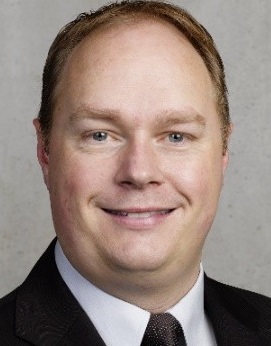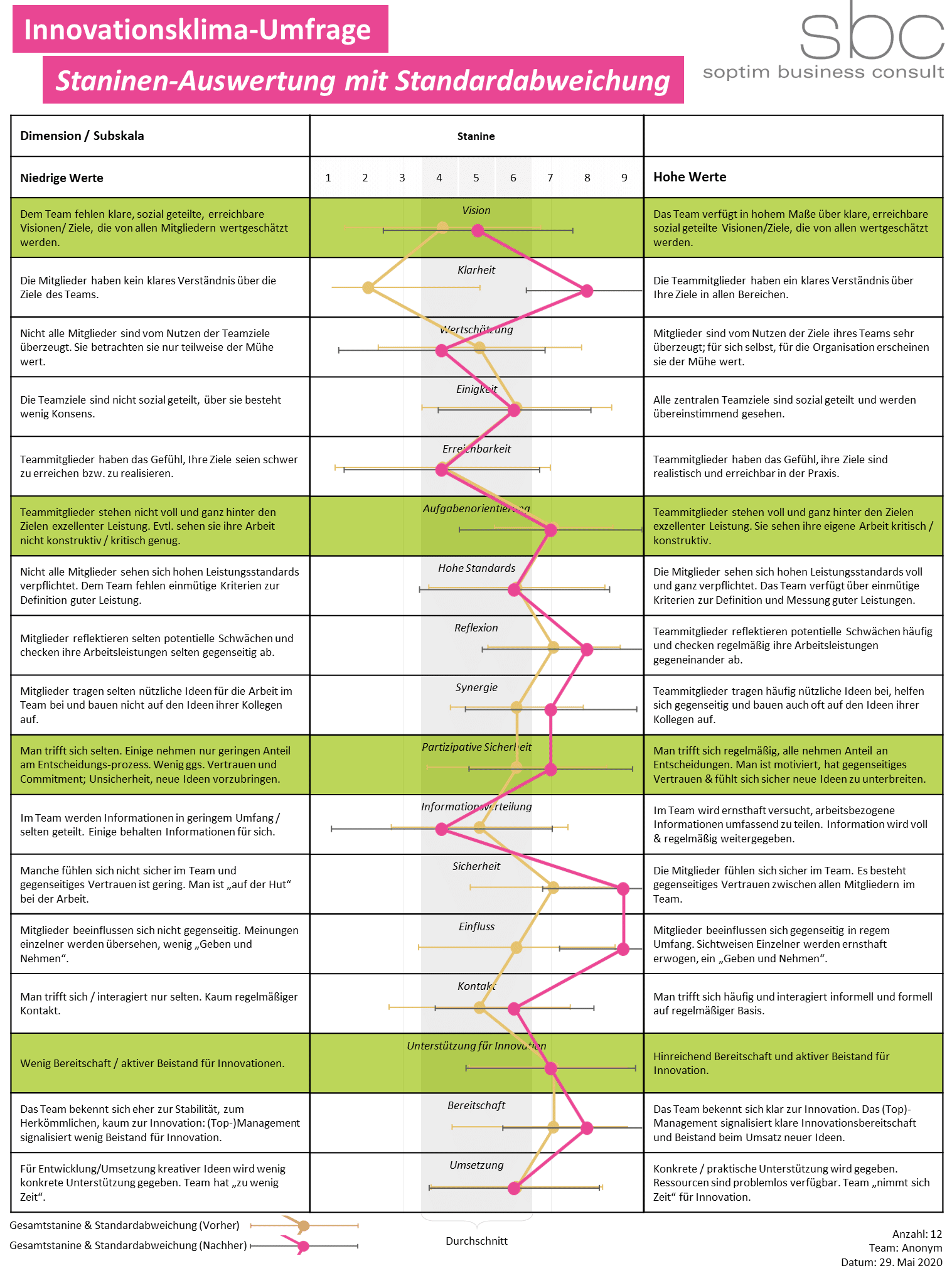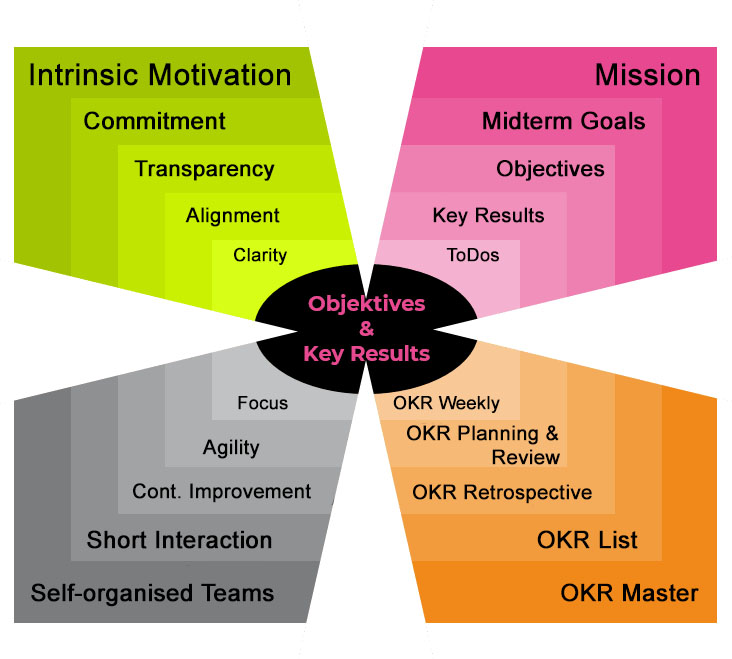Agility in the energy industry – it does work!
When talking about agility, you often find descriptions of negative examples and failed attempts. Here in the blog we also have our own series on this, fortunately the wink at Agility? We tried it! Does not work! can already be recognised in the first lines. The seven-part series addresses many misunderstandings, problems and obstacles in agile transformations and offers interesting tips and examples from practice, but of course no universal recipe.
Are you interested in a counter-example?
We have carried out numerous projects for various clients in the energy industry. An exciting finding: Unfortunately, the perception within the energy industry – also when it comes to the topic of agility – is often more negative than the reality. In fact, agility works quite well. In any case, it often works much better than earlier or parallel attempts, even if the scepticism and the difficulties of adaptation of the organisation and sometimes also of the people are relatively great at the beginning.
Our path to (more) agility since 2018
How did we come up with the idea to deal with the topic of agility?
It was not a spontaneous idea, but a longer process. We surveyed the climate of innovation in our team and received a clear result: the clarity of goals (subscale in the “vision” factor) only reached a value of 2. This is where we started and asked ourselves how we could improve this value.
Two approaches quickly emerged in the discussion: Objectives and Key Results (OKR) or participative productivity management PPM (see: Productivity and humanity – contrast or win-win?). After much discussion, we decided on OKR and spoilers: It was a good choice. Many things have developed very positively in our company since then.
Agility, self-determination and freedom of action are now integral parts of a team or company climate that we strive for in the course of structural change and adaptation to the new world of work. They open up opportunities for employees to contribute where they believe they will be of greatest benefit.
Google, Ebay and other well-known giants are acting as pioneers here, as they so often do, and against this background they have also introduced the management framework OKR. In the meantime, it is being used by many companies in Germany (including Edeka, Zalando, BMW) – including us. It helps us, to improve
- the focus,
- the transparency
- and identification with the – usually abstract – strategy
in our team. We organise and coordinate ourselves on the basis of jointly defined objectives and key results. Of course, implementing a new approach is always a learning process for those involved. We have gained important insights, for example by repeating our analysis of the innovation climate. The results can be seen in the following figure and, in my opinion, speak for themselves:
Figure 1: Results of the innovation climate – before and after comparison (graph based on own survey, only available in German)
Four lessons learned from working with OKR
Lesson learned 1: It takes time to introduce a self-determined organisation
Not everyone can cope with the situation of being allowed or expected to organise themselves on an ad-hoc basis. There are certainly colleagues who appreciate targets “from above” or are at least used to it. After all, people are creatures of habit. It takes time to change habits. You have to allow or plan for this time and accept the change in many places. We experience and discuss this even after several years.
Lesson learned 2: “He who does not know the harbour into which he is sailing, no wind is right for him” – Lucius Annaeus Seneca
It often happened to us that we named actions to achieve the Key Results in a relatively unspecific way. As a result, we no longer knew exactly what was behind an action and how we should pursue it in concrete terms.
It is therefore important to formulate the actions we set ourselves SMARTly:
- Specific,
- Measurable,
- Acceptable,
- Realistic and
- Timed.
This way, everyone knows what their colleagues are working on and can ask or offer help in a targeted way. This clear improvement can be recognised well in the graphic.
Lesson Learned 3: OKR is not a tool for monitoring
Some colleagues were concerned that OKR is used to monitor our own progress and is thus nothing more than tracked target agreements. But that is not the intention of the framework! On the contrary, OKR promotes one’s own strengths, communication within the team and self-examination. It is important to sum up the achievement of the objectives at the end of a quarter, but only to work with the team on the goal itself, not to be accounted for.
Even if everyone defines their own actions: It is the common result in the team and the mutual support that counts! In any case, everyone here has learned this and sees the concrete results as a focus on the essential tasks.
Lesson Learned 4: Clear responsibilities
Even though several people may be working on a topic, only one person should wear the hat for it. If this is not the case, the issue may remain completely unresolved because no one feels responsible for it.
Lesson Learned 5: The organisation and leadership must want it
The motive of identification with the action and intrinsic motivation is very important for the function of the OCR. It starts with the leadership of the organisation. Our former managing director wanted the system, learned in the process and also changed. For him and with him it was a right path with many valuable insights.
Figure 2: Dimensions OKR
Experience from numerous Scrum projects
When an IT colleague “came around the corner” with Scrum at a client in 2011, it was completely new to me. But the introduction was exciting and there were quickly first successes – in terms of content and especially in human terms. That already fascinated me back then. Many things from my studies and scientific work suddenly got “a face”.
In the meantime, all sbc staff have undergone or are attending appropriate training. Mostly at least PSM I or in one case also as a Scrum Product Owner. Here too, as with the topic of OKR, it has been shown that the introduction into companies is accompanied by various difficulties and learning effects. Interestingly, almost all of the lessons learned described above can be adopted at least approximately. In addition, typical basic problems of projects also play a role – such as the time needed for a project or the difficulties between line management and leadership in the project. This is where some managers find the concepts of self-organisation difficult. Sayings like “there is no project manager, how is that supposed to work” are heard more often.
Methodically correct – can work well
If agile approaches, methods and frameworks are applied correctly, they can offer a lot of benefits. We certainly didn’t always do everything right (learning curve!), but it worked pretty well (improvement and success!). And of course we also have to readjust every now and then. The constant development towards improvement is also part of the journey and certainly a central factor for success.
In the current tertial we will again get external help. An OKR master will accompany us and certainly identify some possibilities for improvement. This is also a key finding of the last few years: joint development is an important effect of cooperation. Those who apply it correctly can achieve good results. Moreover, the changes in the way we work together and in collective self-regulation are a real gain for our organisation.
Agility in the energy industry – in a nutshell
Agility in the energy industry can work very well – as it probably does in other industries. The key is,
- to set out on the path together,
- to learn constantly and
- and to change not only the methodology but also the other aspects of cooperation for the better.
We have experienced this with ourselves and in many client projects. Satisfaction or enthusiasm are regularly the result. It is important to remember that the journey into agility will never end: this can be intimidating, but it can also make you very satisfied.
Notes:
Would you like to exchange ideas with Sascha Ruelicke about his experience? Then feel free to network with him on LinkedIn. Of course, he is also available for talks on the energy and heat transition.
If you like the article or want to discuss it, feel free to share it with your network.
Sascha Ruelicke has published more articles in the t2informatik Blog:

Sascha Rülicke
Sascha Ruelicke is Managing Director of sbc soptim business consult GmbH. Before joining sbc as a consultant in 2009, where he dealt with topics such as work and process design, innovation, innovation climate, project management and team and organisational development, he worked for almost seven years as a research assistant at the A.U.G.E. Institute of the Niederrhein University of Applied Sciences in applied research. In various research projects there, he got to know team and organisational development in small and medium-sized enterprises.




